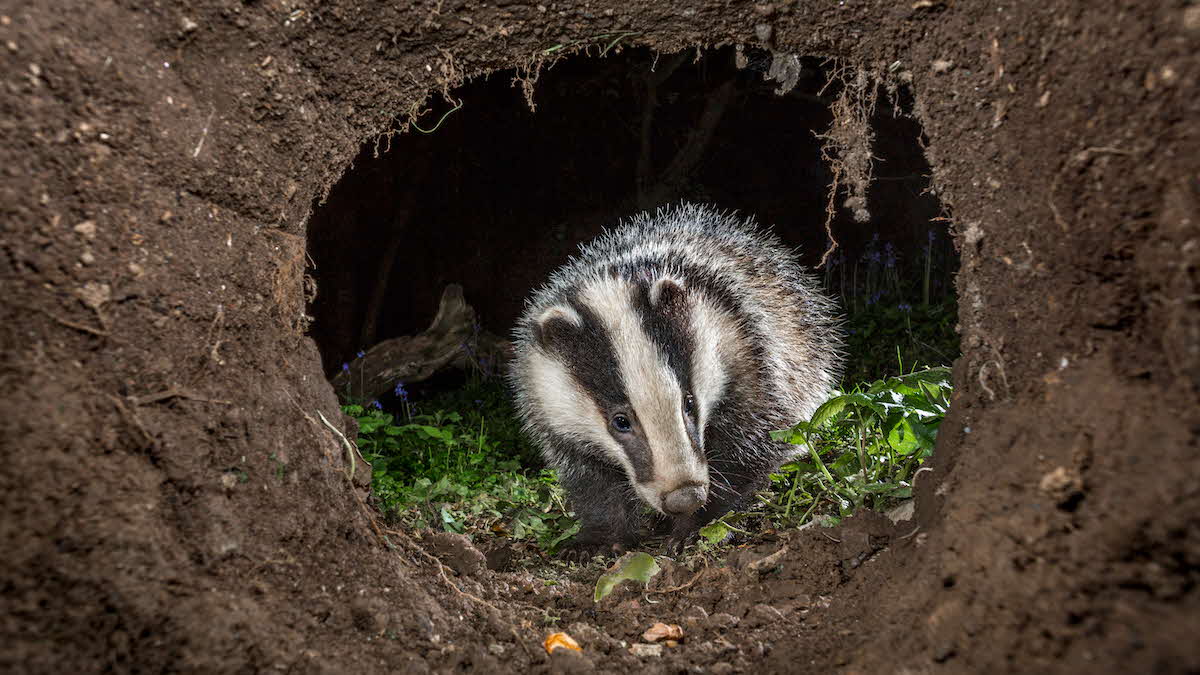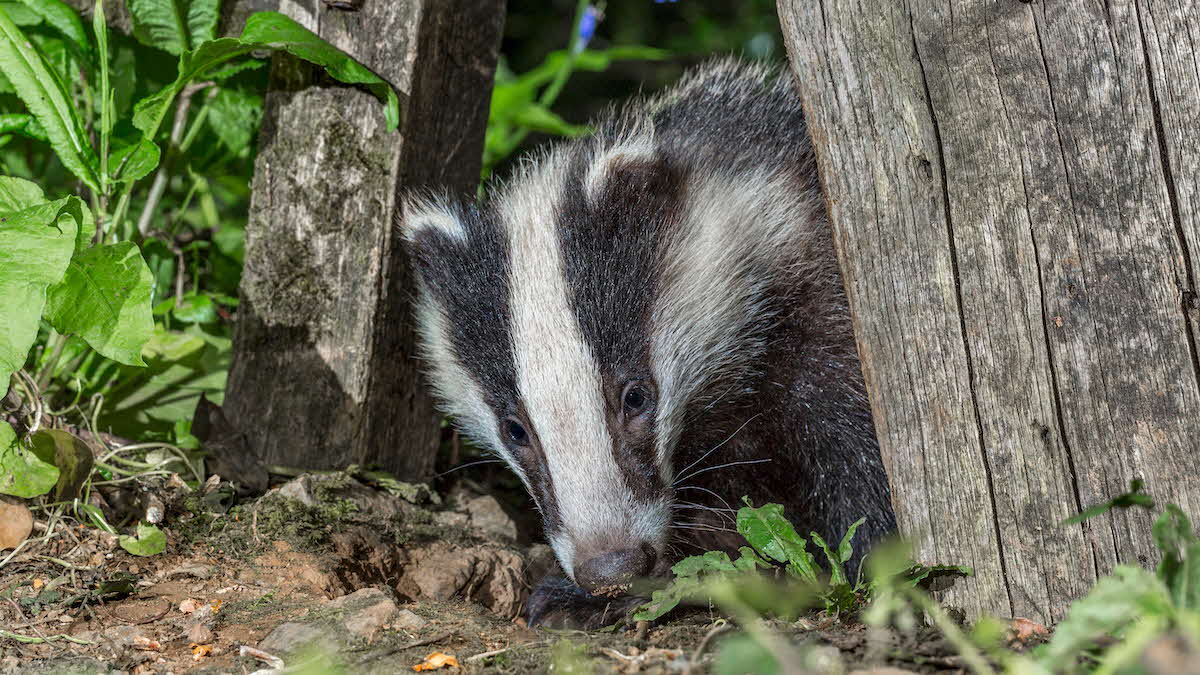Top nature campsites
You’ll be amazed at the variety of animals to spot on some of our Club campsites
View our top nature campsitesWith a little patience you could spot one of Britain’s favourite, yet most elusive, mammals, writes David Chapman
 Badgers are at their most active in spring and early summer
Badgers are at their most active in spring and early summer
A dark shadow bumbling along the road in the periphery of our headlight beam might be the closest encounter many of us will ever have with a badger. However, with appropriate field-craft and an understanding of how these shy, nocturnal creatures behave, they can be quite easy to watch, especially in early summer.
The badger is a very British animal and features prominently in our folklore and literature. There is evidence to suggest that they have inhabited our countryside for over half a million years, so would historically have lived alongside wolves, bears and wolverines. It is thought that, per square mile, there are more badgers in Britain than anywhere else in the world.
Such is its position in our culture that the badger has a few alternative names. It is often referred to as a ‘grey’, presumably because its white-tipped, dark fur looks grey in the half light. Its other nickname is ‘brock’, which dates back to Old English and beyond. ‘Brock’ features widely in literature and is often found in place names, such as Brockhampton. It has even infiltrated the world of football: the Glasgow Rangers home ground is called Ibrox, which means ‘badger sett’.
Badgers are usually found in woodland, but they also live in hedgerows, banks and even by the coast. Their setts can be recognised quite easily, typically having lots of entrances with very large holes, and tell-tale piles of earth outside.
If traces of bedding material are present beside a hole this indicates that the sett is active. Badgers use dry grass to make cosy beds inside their setts and often bring their bedding outside for airing. There might also be latrines close by – being very clean animals, they tend to dig separate holes for this purpose.
 A cub approaches its sett entrance
A cub approaches its sett entrance
Finding an active sett is the first step towards watching badgers; the second is getting your timing right - and early summer is ideal. In May and June, the days are long, which forces the creatures to leave their setts for food at times when there is still enough light to see them. Furthermore, cubs are born in spring, and it is usually during May that they first start to venture out.
Badger cubs are not aware of the threats posed by humans and therefore tend to be more confiding than adults. On many occasions I have been able to gain the trust of a young badger to the point where it has recognised me, possibly by my scent or maybe by my behaviour. However, to gain that trust you need to understand how badgers recognise a threat.
Badgers have a very good sense of smell, so it is important to stay down-wind of them. They also have acute hearing, so you need to stay completely still to avoid rustling clothes or disturbing vegetation. Any unusual sound will startle a badger and, once disturbed, it won’t pluck up the courage to reappear for several hours.
Although the badger’s eyesight isn’t great, it can see movements, especially outlines against a skyline or light-coloured clothing in a dark woodland. So wear dark clothes and keep movement to a minimum. Badgers are also quite observant, so if, say, a log has been moved since one was last in the area, it will be very nervous or scarper entirely.
Damp evenings are good for badger-watching. Earthworms provide the core of their diet, and these are easier to find when the ground is wet; if we get some rain after a dry few days you can be sure that badgers will be out in search of an easy meal. To find the worms they probe the damp ground with their noses, often leaving a patch of disturbed ground in their wake.
By contrast, wind is bad news for badgers because they rely so heavily on their sense of hearing to detect threats. A windy woodland is full of distracting sounds, from swishing branches to rustling leaves.
A word of warning: I have spent innumerable evenings sitting out in the hope of observing badgers, and prolonged waiting has often led me to hallucinate! Many’s the time I have tried to convince myself that a patch of hart’s tongue fern is in fact a very static badger, or my heart has leapt at a movement of fern or grass, usually caused by squirrels, or simply the wind.
Despite their black-and-white stripes, badgers can be difficult to pick out in the half-light, and as darkness falls on a calm evening every sound is magnified; even the scampering of a nearby wood mouse can sound like the bumbling of a more distant badger. Experience and patience are the keys to success – but coming eye-to-eye with a badger makes it all worthwhile.

Follow these steps to improve your chances of observing badgers:
Every month I will show you a photo of something from the natural world. It might be a close-up, or a subject that is difficult to identify. All you have to do is figure out what it is! Here is this month’s photo; no clues or prizes – it’s just for fun. (I will give you the answer next month, but if you can’t wait, log in to the app.)

The subject of April’s mystery photo was: a mute swan.